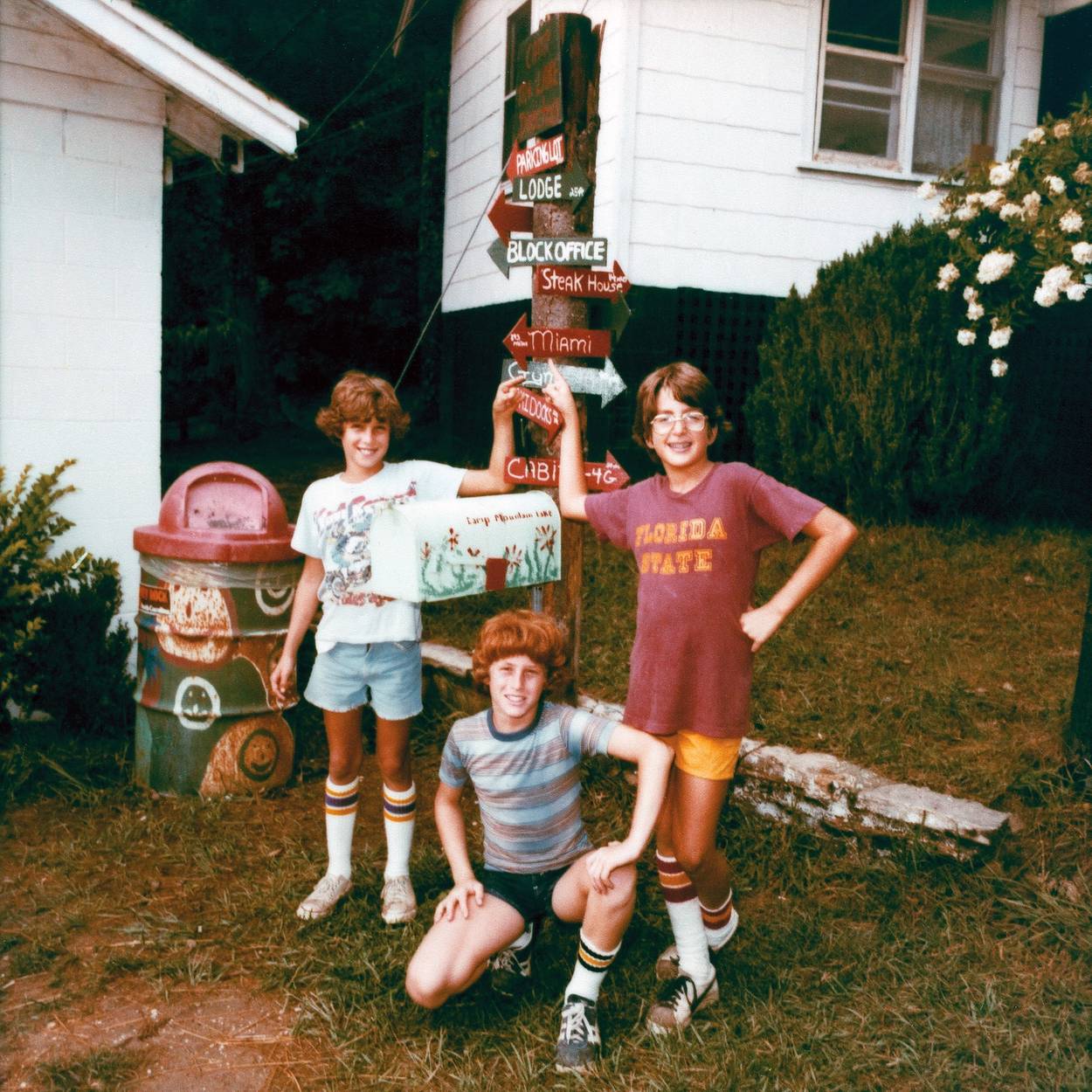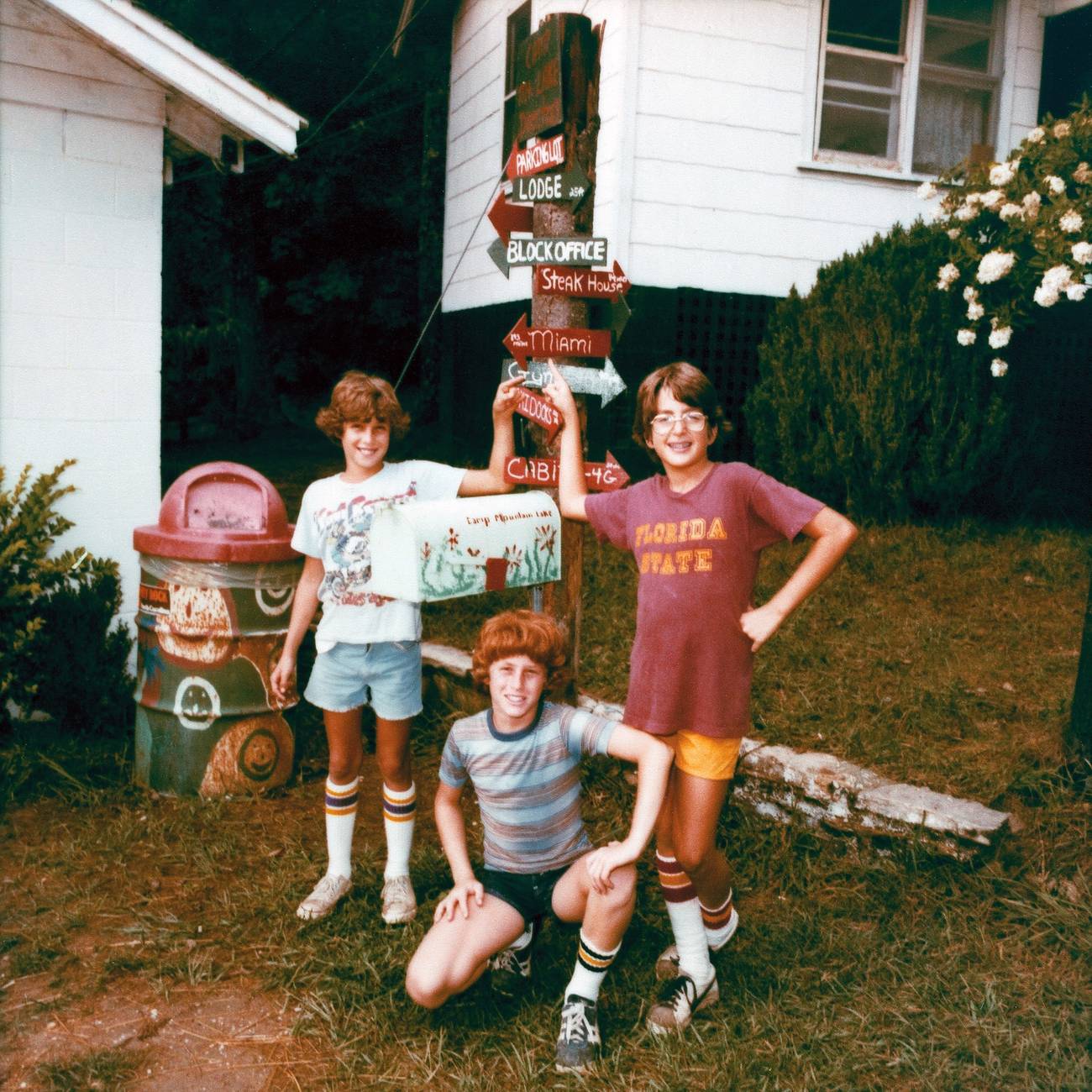Is Gov. Cuomo About to Be Overruled on Jewish Summer Camps?
Religious liberty—and the centrality of sleep-away to Jewish education—at stake in a ruling expected this week




On Tuesday, the New York Jewish community will have its eyes on upstate New York, where a federal judge will hear arguments addressing whether Jewish sleep-away camps should be allowed to open in the midst of the current pandemic. At the center of the lawsuit, filed by the Association for Jewish Camp Operators, is a religious liberty claim—increasingly common around the country—arguing that faith communities ought to be entitled to a constitutionally mandated exemption from COVID-19 health regulations. Gov. Cuomo, however, has refused to grant such exceptions because, in his view, the risks of allowing sleep-away camps to open are simply too grave. There remain good reasons—both political and legal—to wonder whether the lawsuit will ultimately be successful. But the camps have two strong and somewhat surprising considerations working in their favor: a New York federal court ruling on Friday loosening the public health restrictions on houses of worship and the ample research on the importance of Jewish camps to religious identity formation. Combined, these two considerations have paved a potential path to legal victory that might have been unthinkable only a few weeks ago.
From its inception, the lawsuit has faced some significant political and legal headwinds. On the political side of the ledger, the rising tide of COVID-19 cases around the country makes it an increasingly fraught proposition to grant exceptions to a state’s social distancing and mass-gathering regulations. Moreover, while the parties have remained focused on the merits of the dispute, some of the communal advocacy pressing for camp openings has veered from the distasteful to the disgraceful, adapting slogans and images from the recent protests against racial injustice, and thereby turning even reliable allies into critics.
On the legal side of the ledger, the lawsuit faces an uphill battle given the Supreme Court’s recent decision rejecting the religious liberty claims of a California church seeking its own exemption from state COVID-19 restrictions. In explaining his rationale for doing so, Chief Justice John Roberts focused on the “broad” discretion afforded state and local authorities as they navigate the “fact-intensive” inquiries into when and where to impose restrictions designed to protect public health. Such considerations strongly counsel lower courts to defer to government decisions on the scope and duration of their social distancing and mass-gathering restrictions even when so doing limits the ability of faith communities to fully exercise religion.
Notwithstanding these obstacles, the camps’ claims were buoyed this past Friday when a federal judge in upstate New York held that prevailing public health restrictions violated the religious liberty rights of houses of worship. The lawsuit, filed by two priests and three Orthodox Jews, advanced two principal arguments against the application of the prevailing rules against the claimants’ respective synagogues and churches. The first focused on public statements by both Gov. Cuomo and New York City Mayor Bill de Blasio in the wake of public protests against pervasive racial injustice, triggered by the horrific murder of George Floyd.
These statements explained that the reason why the government exempted protests from social distancing and mass-gathering guidelines, but did not exempt houses of worship from those guidelines, is because public protests were viewed by the government as more important than communal prayer. As I’ve explained previously, the Supreme Court has described such logic as constitutionally problematic because it “devalues religious reasons ... by judging them to be of lesser import than nonreligious reasons” and thereby “single[s] out” religious practice “for discriminatory treatment.” Not surprisingly, Friday’s federal court judgment picked up on this argument, holding that the “simultaneous pro-protest/anti-religious gathering messages” ultimately “sent a clear message that mass protests are deserving of preferential treatment”; as a result, not providing an exemption for houses of worship as well violated the First Amendment.
But the more surprising feature of Friday’s ruling was a second argument—an argument far more central to the claims pressed by the Jewish camps—that challenges the actual substance of New York’s guidelines. On this count, the federal court held on Friday that the fact that other secular entities and events—for example, malls, salons, restaurants, special-education services, and outdoor graduations—had been afforded far more leeway with respect to prevailing public health requirements, rendering the continued imposition of more restrictive requirements on houses of worship unconstitutional. This asymmetrical treatment also constituted, in the court’s view, a devaluing of religion because the state had chosen to grant wider latitude to other entities—entities that the court believed presented risks either equal to or greater than houses of worship.
Of course, the premise of the court’s holding lay in its comparison of relative risk profiles. Granting greater indoor capacity to, for example, restaurants than to houses of worship makes perfect sense if you think restaurants pose less of a risk to public health. By contrast, deeming New York’s grant of greater leeway to restaurants than houses of worship is constitutionally problematic only if you think the two institutions pose approximately the same degrees of risk to public health. Under such circumstances, risk can no longer justify the disparate treatment—only a devaluing of religion can. What made Friday’s decision surprising is that the Supreme Court had signaled that local authorities should be given some latitude in determining which institutions fall into which categories of risk. After all, it seems somewhat unfair to Monday-morning quarterback such assessments given the speed and fact-intensive nature of these inquiries. But while Friday’s ruling conceded this principle in theory, it also emphasized that such judicial deference to local risk assessments would only go so far. And New York’s treatment of houses of worship as compared to other institutions had gone too far.
The Jewish camps now simply seek to nudge this argument a little bit further. On their view, the public health risks presented by sleep-away camps are relatively minimal, especially given the framework of medical guidelines they have provided to the state. As a result, withholding any regulatory latitude from sleep-away camps cannot be justified when the state has already afforded, for example, day camps, college dormitories and racial justice protests exemptions from social distancing and mass-gathering regulations. Indeed, on their view, the only explanation for this disparate treatment is the very sort of impermissible devaluing of religious reasons for exception because other nonreligious reasons have been deemed sufficient to garner exceptions.
Not surprisingly, the state’s strategy in response has, first and foremost, focused on the discretion afforded government when making these sorts of public health judgment calls. Figuring out whether the risk-assessment distinctions drawn by the state constitute impermissible devaluing of religion or warranted discretion in the service of public health is a tough call. Sure, on Friday a federal judge may have concluded that discretion couldn’t justify the differences between restaurants and synagogues; but who is to say that tomorrow a different federal judge won’t decide that the distinctions between college dormitories and sleep-away camps ought to be left to the state’s judgment. What looks like unlawful discrimination to one judge might look like legitimate discretion to another—call it the legal equivalent of a Rorschach test.
But there is a second argument advanced by the state that is far more problematic. Repeatedly, the state had argued that the real difference between synagogues and Jewish camps is that the latter isn’t truly a religious institution deserving of First Amendment protection. It’s for that reason that the state contends this entire lawsuit is misguided. On its account, “the religious orientation of overnight camps was not and cannot be a consideration in the determination whether to close overnight camps.” And if you fail to see the uniquely religious character of Jewish sleep-away camps, then it is hard to understand what all the fuss is. Or as the state puts it, parents, even with overnight camps closed, “are free to continue the religious education of their children during the summer of 2020.” So if all sleep-away camps—religious and nonreligious alike—have been closed, why should the state exempt religious camps seeking to operate? In the state’s words, kids will always have “next summer.”
What the state has missed is the unique role played by Jewish sleep-away camps in the religious identity formation of children. Indeed, the Jewish community has invested resources not only in maintaining an extraordinary network of summer sleep-away camps, but also in measuring the impact of those camps on participants. Multiple studies have identified the value of Jewish camping in “help[ing] children and adolescents develop as members of the Jewish community” and “creat[ing] habits of Jewish practice.” As a result, Jewish sleep-away camps have emerged as a central religious institution of the American Jewish community, leveraging informal educational methods to inculcate faith and values and thereby foster intergenerational continuity. For that reason, the state’s suggestion that camp closures can be ameliorated by at-home religious instruction is about as compelling as those suggesting that synagogue closures can be ameliorated by at-home prayers. Both suggestions neglect the unique ways in which faith communities join together in pursuit of shared religious values. To flatten that experience—and thereby miss the strong First Amendment interests at stake in the Jewish camp litigation—is to ignore the very real impact of the current pandemic on Jewish camps and, in turn, on the religious flourishing of American Jewry.
Friday’s decision opens the door to far more judicial scrutiny on the risk assessments of state and local authorities. And where religious institutions aren’t getting the same sort of latitude afforded institutions with comparable risk profiles, the odds of a court stepping in are higher this week than they were last week. No doubt, there remain reasons to question the Jewish camps’ pending lawsuit. Maybe this isn’t the time to press for camps given the public health stakes; maybe we should defer to the judgments of local government officials; maybe the disgraceful missteps of some camp advocates should give us pause in joining these efforts. But here is one really bad reason for rejecting the Jewish camps’ religious liberty claims: denying their role as central religious institutions alongside religious schools and houses of worship. Institutions that cultivate religious continuity, inculcate religious values, and promote religious identity represent the kind of institution the First Amendment was meant to protect. Whatever the outcome of the case, the court owes the American Jewish community at least that.
Michael A. Helfand is professor of law and associate dean at Pepperdine Caruso School of Law, visiting professor at Yale Law School, and fellow at the Shalom Hartman Institute.